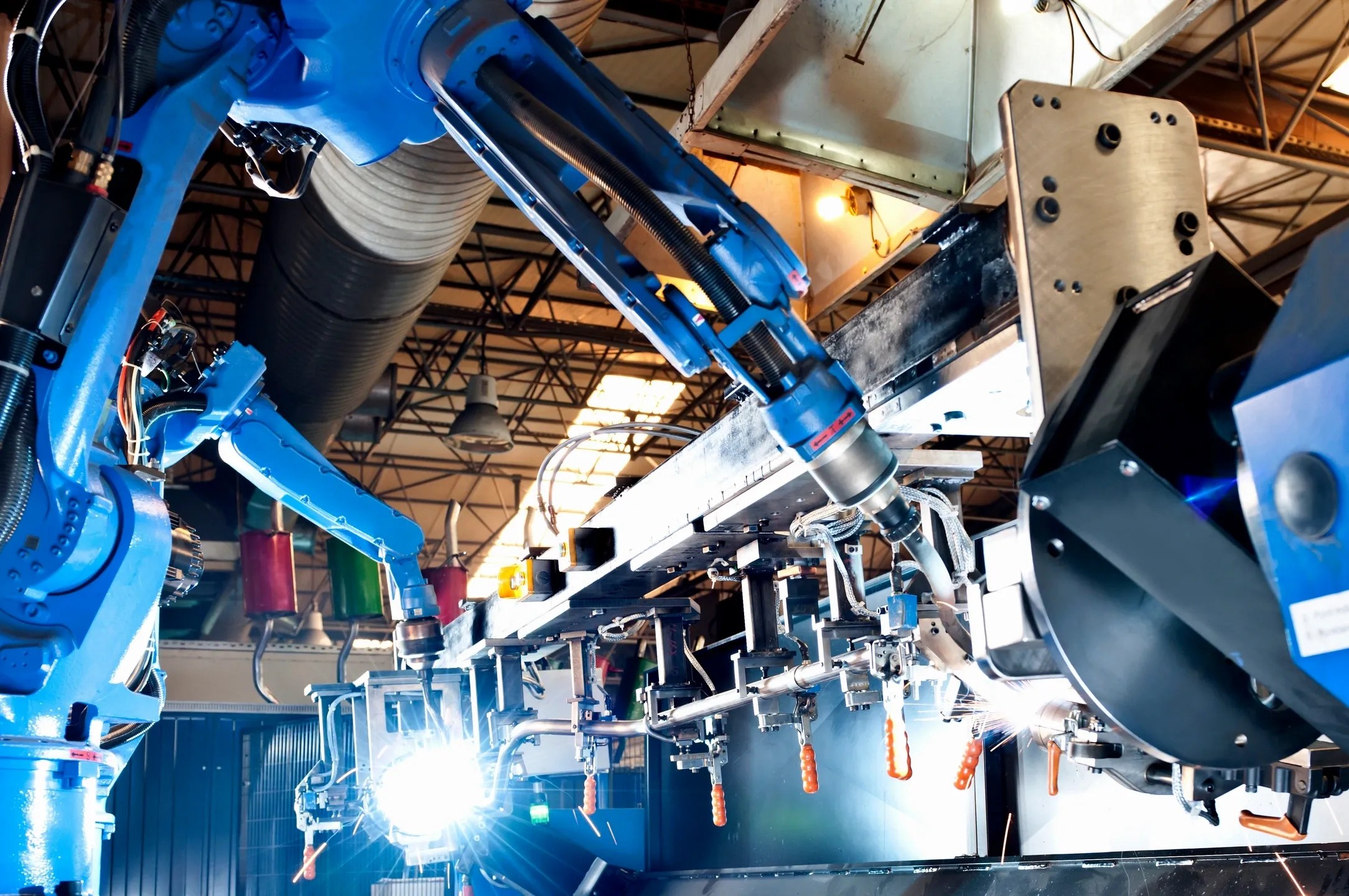
NVIDIA H100 Revolutionizing AI Performance and the Future
Introduction to the NVIDIA H100
The NVIDIA H100 is the latest addition to NVIDIA’s family of AI-focused processors, and it’s already making waves in the tech community. It’s built on the NVIDIA Hopper architecture, a next-generation platform designed to handle some of the most complex AI workloads in existence. From powering AI models that require massive amounts of data processing to providing the backbone for autonomous systems, the H100 is proving to be a vital tool for AI researchers and enterprises.
But what exactly sets the NVIDIA H100 apart from other processors, and why is it considered a pivotal component in the future of computing?
Key Features of the NVIDIA H100
The NVIDIA H100 boasts several features that position it as one of the most advanced processors available:
- Hopper Architecture: The H100 is built on NVIDIA’s Hopper architecture, which brings several new capabilities to the table, such as support for advanced AI algorithms and increased efficiency in handling massive datasets.
- Tensor Core Technology: With improved Tensor Cores, the H100 is optimized for deep learning tasks, offering higher precision and faster training times.
- Scalable Performance: The H100 delivers unmatched scalability, making it suitable for everything from individual workstations to large-scale data centers.
- Enhanced Security: It includes advanced security features that ensure data privacy and integrity, which is especially important in AI-driven applications like healthcare and finance.
- Energy Efficiency: Despite its massive power, the H100 is designed with energy efficiency in mind, reducing the carbon footprint of AI operations.
These features make the NVIDIA H100 not just a faster processor, but a smarter and more efficient one.
Why the NVIDIA H100 is a Game-Changer for AI
Artificial intelligence is data-hungry, and the more powerful the hardware, the faster AI can process information and learn from it. The NVIDIA H100 offers:
- Accelerated Training: AI models that used to take days or weeks to train can now be trained in a fraction of the time.
- Improved Model Accuracy: The H100’s enhanced Tensor Cores help boost the precision of AI models, leading to more accurate predictions and results.
- Real-Time AI: With the H100, real-time AI processing is more achievable, allowing for faster responses in applications like autonomous driving, medical diagnostics, and smart city solutions.
By drastically improving the speed and accuracy of AI computations, the H100 is pushing the boundaries of what’s possible in AI research and real-world applications.
The H100 vs Previous NVIDIA Models
When comparing the NVIDIA H100 to its predecessors, such as the A100, the improvements are clear:
- More Tensor Cores: The H100 has more Tensor Cores than the A100, allowing it to handle more complex AI models with greater efficiency.
- Higher Performance: The H100 offers up to 3 times the performance of the A100 in certain AI workloads, making it a significant upgrade for businesses and researchers.
- Better Energy Efficiency: Despite its increased power, the H100 is more energy-efficient than previous models, aligning with global trends toward sustainability.
For businesses that rely heavily on AI, upgrading to the H100 can result in major performance boosts and cost savings in the long run.
Powering AI Workloads with Unmatched Performance
One of the key advantages of the NVIDIA H100 is its ability to handle large-scale AI workloads. From processing vast amounts of data to executing highly complex algorithms, the H100’s architecture ensures that it can deliver top-tier performance without compromising on efficiency.
This makes it the ideal choice for industries such as:
- Healthcare: AI-driven diagnostics, drug discovery, and personalized treatment plans can all benefit from the H100’s processing power.
- Finance: Financial institutions can use the H100 to power fraud detection systems, risk analysis,



